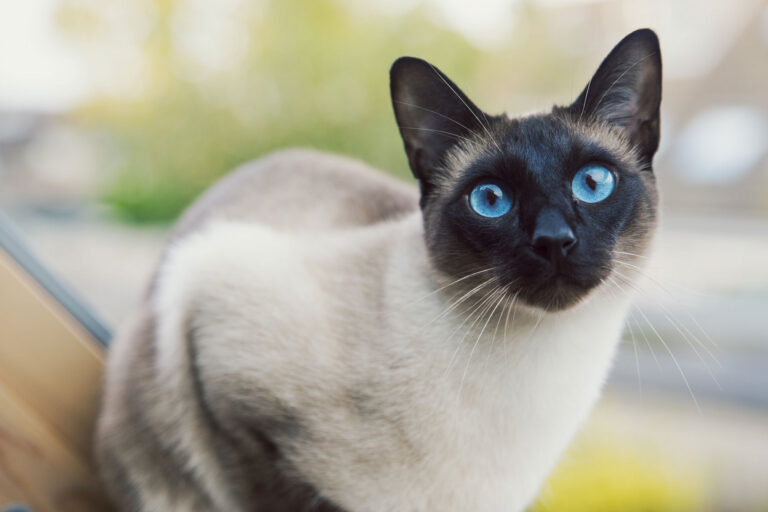Helping Fat Cats Find Fitness: A Guide to Healthy Weight Loss for Your Cat

Fat cats—they’re adorable, cuddly, and often the stars of internet memes. But beyond their fluffy exterior, carrying extra weight can lead to serious health issues for our feline friends. Obesity in cats can shorten their lifespan, increase the risk of diabetes, arthritis, and even heart disease. Helping your chubby companion trim down isn’t just about vanity; it’s about ensuring they live a longer, healthier life. This guide will provide you with practical tips and strategies to help your fat cat find fitness.
Understanding the Causes of Feline Obesity
Before diving into weight loss strategies, it’s crucial to understand why cats become overweight. Typically, it’s a combination of overfeeding, lack of exercise, and sometimes underlying health issues. Many pet owners love to indulge their cats with treats or leave out an abundance of food, thinking they’re showing love. However, these habits can lead to gradual weight gain.
Common Causes:
- Overfeeding: Free-feeding or giving too many treats can result in excess calorie intake.
- Lack of Exercise: Indoor cats often have limited opportunities for physical activity.
- Health Issues: Conditions like hypothyroidism can contribute to weight gain.
- Age and Neutering: Older and neutered cats have lower energy requirements.
Assessing Your Cat's Weight
Not sure if your cat qualifies as “fat”? Veterinarians often use the Body Condition Score (BCS), which ranges from 1 to 9, with 5 being ideal. If your cat scores above a 6, it’s time to consider a weight loss plan. You can also look for visible signs: a sagging belly, difficulty grooming, or a loss of a defined waist.
Body Condition Score:
- 1-3: Underweight
- 4-5: Ideal weight
- 6-7: Overweight
- 8-9: Obese
Creating a Weight Loss Plan
1. Consult Your Veterinarian
- Health Check: Before starting any weight loss program, a vet check-up is essential. Your vet can rule out medical conditions like hypothyroidism or diabetes, which might contribute to weight gain.
- Tailored Plan: Your vet can help design a safe and effective weight loss plan tailored to your cat’s specific needs.
2. Dietary Adjustments
- Portion Control: Reduce the amount of food you serve. Follow feeding guidelines on cat food packaging or your vet’s advice.
- Nutrient-Rich Foods: Opt for high-quality, protein-rich cat food with fewer fillers. Cats are obligate carnivores, so their diet should primarily consist of meat.
- Scheduled Feeding: Avoid free-feeding. Offer measured portions at specific times of the day.
3. Incorporate Physical Activity
- Playtime: Engage your cat with toys that mimic prey, such as feather wands, laser pointers, or interactive puzzles. Aim for at least 15-30 minutes of active play daily.
- Environmental Enrichment: Create a stimulating environment with climbing trees, scratching posts, and hiding spots to encourage natural behaviors and more movement.
- Leash Training: If your cat is adventurous, consider leash training for outdoor walks. This can be a great way to increase physical activity safely.
Strategies for Successful Weight Management
Feeding Tips:
- Measure Meals: Use a kitchen scale to ensure precise portion control.
- Slow Feeders: Use puzzle feeders or slow feeders to make eating a more active experience.
- Healthy Treats: Replace high-calorie treats with healthier alternatives like small pieces of cooked chicken or specially formulated low-calorie cat treats.
Exercise Ideas:
- Interactive Toys: Use toys that encourage chasing and jumping, like laser pointers or motorized toys.
- DIY Playgrounds: Set up areas with boxes, tunnels, and shelves to climb.
- Scheduled Playtime: Dedicate specific times each day for interactive play sessions.
Monitoring Progress:
- Regular Weigh-Ins: Weigh your cat weekly to monitor progress.
- Adjustments: If weight loss stalls, consult your vet to adjust the plan.
- Behavior Changes: Notice any changes in behavior or activity levels, and report them to your vet.
Staying Consistent and Patient
Weight loss in cats should be gradual. Rapid weight loss can lead to hepatic lipidosis, a serious liver condition. Aim for a loss of 1-2% of their body weight per week. Consistency is key—regularly monitor their weight, adjust their diet as needed, and maintain their activity levels.
Patience Pays Off:
- Steady Progress: Understand that weight loss is a slow process; celebrate small victories.
- Behavioral Rewards: Reward your cat with extra affection and playtime rather than food treats.
- Long-Term Commitment: Maintain new feeding and activity habits even after your cat reaches their ideal weight to prevent rebound weight gain.
Helping your fat cat find fitness is a journey that requires dedication, patience, and love. By understanding the root causes of obesity, implementing a structured weight loss plan, and staying consistent, you can improve your cat’s quality of life significantly. Remember, a healthier cat is a happier cat, and your efforts will lead to more joyful years together.

Dr. Lorie Wiltse’s path to veterinary medicine was marked by a great desire for excellence and a dedication to advance the profession of neurology.
Subscribe my Newsletter for new blog posts. Stay updated from your inbox!









